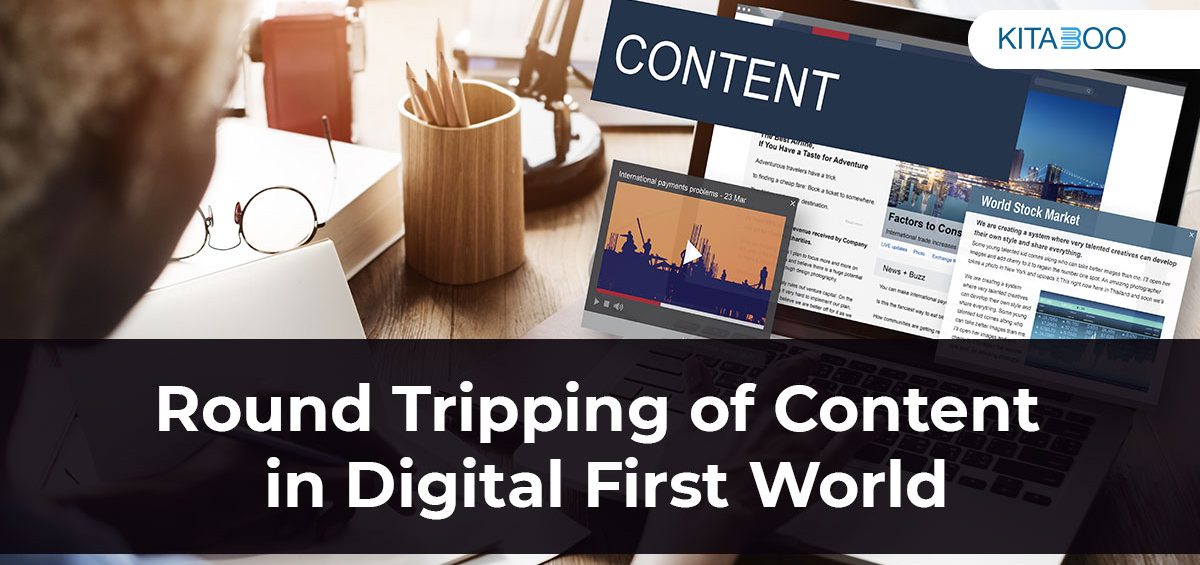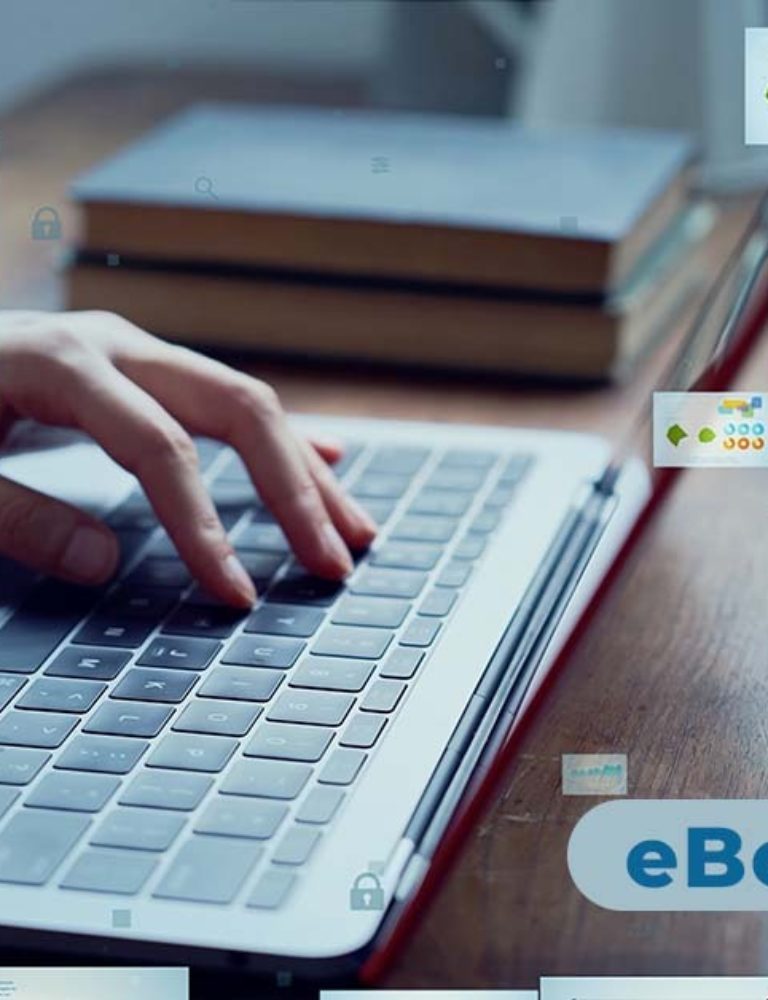How do you read? Do you prefer holding a book in your hand or reading on the go on your smartphone or tablet? This question would be futile ten years back when the scale would tip towards physical books. But in this digital era, the balance seems to have shifted.
For hundreds of years, print media has been the norm. However, with the boom in the sales of smartphones, tablets, iPads, and Kindles, the paradigm of the publishing industry has become dynamic.
Today, publishers realize the potential of digital content and have started using technology to generate digital books and other media to capture online consumers.
Mediating between Print and Digital Media
There has been a rise in demand for digital versions of content. The workflow of both versions is different, and both have different target audiences. Publishers in print media use Adobe InDesign to take the manuscript from the author, design it, and compile it to page composition (accurately align and format the content into the pages). This PDF in multiple colors and layers is then ready for the printing press.
Physical books and digital PDFs are different in their content and layout. Let us take the example of a section on metamorphic rocks in a science book to delve deeper into this aspect. There would be a picture of metamorphic rock on one side of the book (the left side, for instance), and the section would contain the text, “The image on the left side is of metamorphic rock.” This section could also contain references to another page of another chapter for more details on the topic. However, the content layout in digital media is considerably different, where there is generally no traditional page numbering concept.
The position of the images could change depending on the flow of the content and the alignment of the pages. So, the content has to be adapted, localized, and updated from print when transitioning into digital. Digital media also allows certain additional things. For instance, ads in print books are simple texts or images. In the digital version, the ads would have clickable links.
In print books, we can only have a crossword structure, but in digital, we can have an interactive crossword and fill up the puzzle. A publisher can also include flashcards in print media.
What is Round-Tripping of Content?
Let us consider the subject of history to understand the concept of round-tripping of content. In this digital era, most publishers have two versions of the content: digital and print. A history book written five years back would record Donald Trump as the American President. But if we revise it today, we will have to modify Donald Trump with Joe Biden in both print and digital media.
It is cumbersome and costly to make the same changes separately for the print and digital versions. The more efficient and streamlined way is to make the modifications in one medium that would reflect in the alternate version, known as the round-tripping of content in the publishing industry. For instance, a publisher chooses to modify the content in InDesign (print media), and using some technology, pushes these modifications into the digital version and vice versa.
Of course, the editor would correct the alignments and in-text references once done with the edits. Still, no one would have to manually edit and make the same corrections on two separate platforms.
Growing Demand for Digital-First
Traditionally publishers created content with print media as their goal and later adapted it to digital media.
But today, keeping up with the trends and target audience, many publishers are putting out the content first for digital platforms and later pushing it to print versions.
This shift in focus to the digital version before anything else is known as Digital First. It is a nightmare for publishers to maintain and modify bulk content across two platforms.
Round tripping of content has made this transition possible without added workload.
Unique Features KITABOO brings to Round-Tripping
KITABOO is a cloud-based platform for all digital publishing purposes that makes the round-tripping of content a dream. It can import content to InDesign and export content from InDesign in XML format.
Using the InDesign XML format, a publisher can leverage KITABOO to do Digital-first or round-tripping. So, KITABOO enables publishers today to convert all the print content they have in InDesign format to generate digital media and expand their reach.
KITAOO’s unique features like KITABOO AR do not limit to converting a print document to a digital format but amplify the content with multimedia elements like audio, video, images, GIFs, etc. It not just translates the content to the alternate version but makes it more appealing and varied to cater to the masses.
The e-documents publishers generate on this digital publishing platform are supported on various devices across several platforms like Windows and Android. Since KITABOO is a cloud-based platform, publishers might be concerned about the online piracy of their content. However, KITABOO is a secure and safe space for storing digital content with DRM protection.
KITABOO’s round-tripping feature halves the workload of publishing teams as any changes in one medium can flow into the other seamlessly. This tool not only transmits the changes to the alternate version but processes the modifications using superior technology that makes the changes in the recipient medium fit in organically with the original content.
Conclusion
Digital media is here to stay. It is pivotal to understand that both print and digital media are here to co-exist without diminishing the other. Round tripping of content solves a crucial part of the workflow for the publisher, but the ingenious design and capabilities of KITABOO make the outcome optimum and successful.
KITABOO is an evolving e-book platform. It is continuously modified and improved to accommodate the trends in the publishing industry. New features implementing the latest NLP technologies are added to KITABOO to make the platform the best in the digital publishing business. Book a consult with us to learn more. To know more, please write to us at KITABOO@hurix.com
Discover How An Ebook Conversion, Publishing & Distribution Platform Can Help You
Kitaboo is a cloud-based content platform to create-publish & securely distribute interactive mobile-ready ebooks.
You May Also Like








